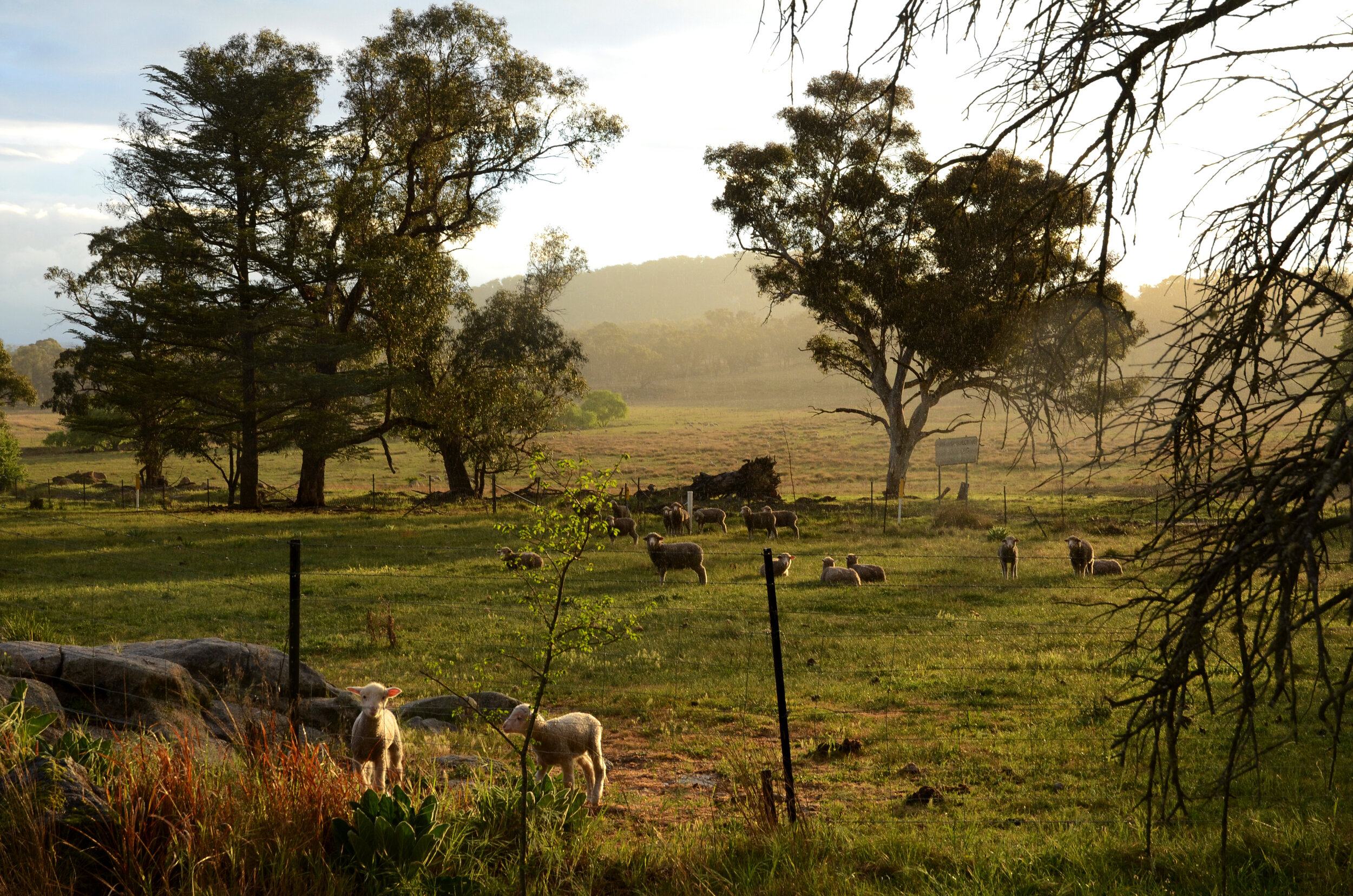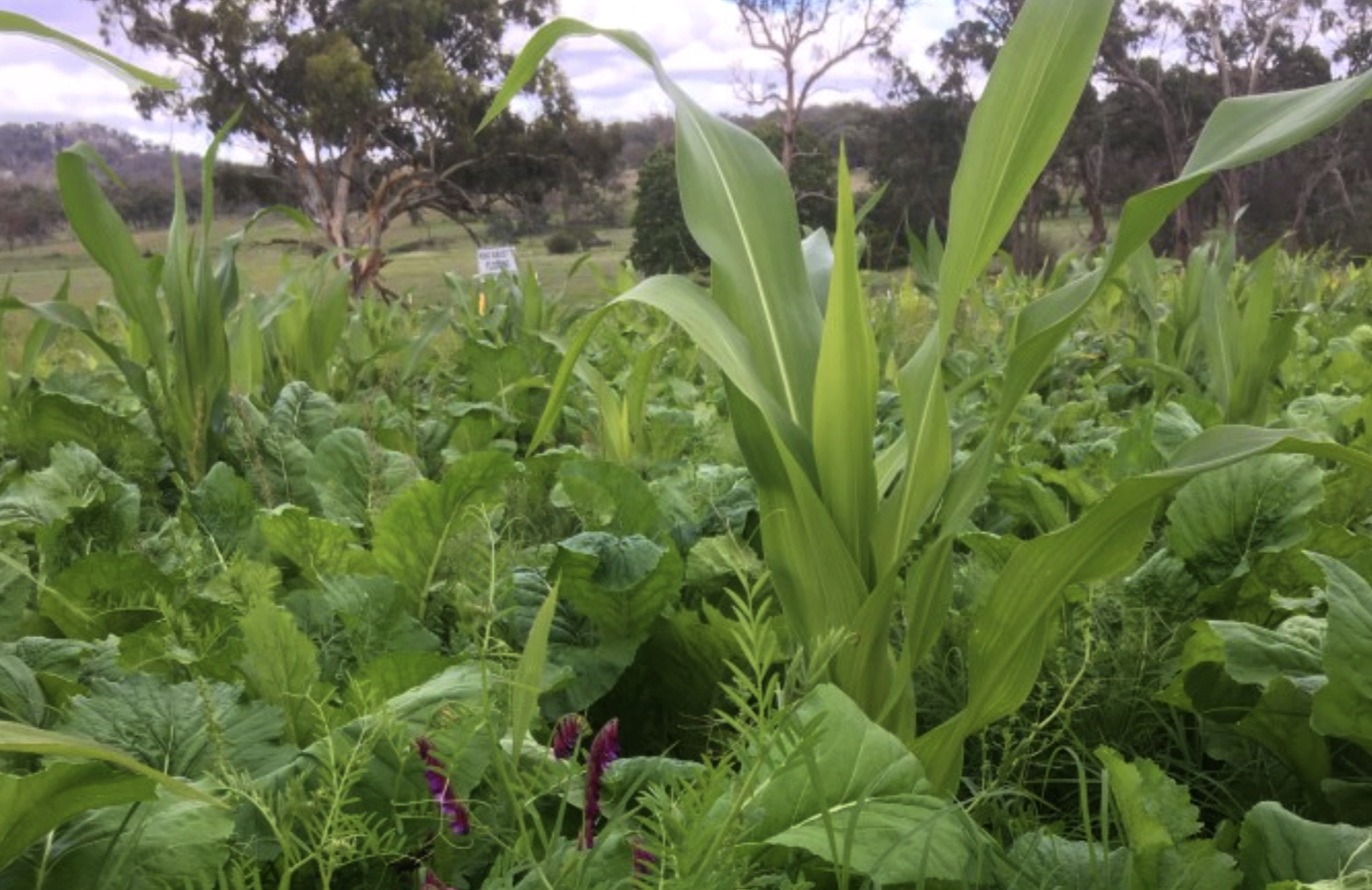
NATURAL CAPITAL
OUR ECOLOGICAL METRICS
Balala Station – Farm-scale Natural Capital Account - VIEW FULL REPORT
"We are passionate in the belief that what we do makes a positive change to our environment, biodiversity, climate and community.
We implement farm practices which have positive ecological outcomes. Producing food and fibre that is ethically sound and healthy, in an environment which will be lasting and sustainable."
Ecological Outcome 2023*
0
Ecological Outcome 2024*
0
Ecological Condition**
0
*Land to Market EOV –Base year 2022 Weighted Ecological Health Index – 45
**La Trobe Farming for the Future
CERTIFICATIONS + REPORTS
Natural Capital measures and values natural resources and ecosystem services which are critical for human well-being and economic activity.
These include:
✓ Mineral cycle
✓ Water cycle
✓ Energy cycle
✓ Biodiversity
Our holistic context integrates and reflects Natural Capital principles.
Traditionally, farmland value has been assessed based on its fertiliser history and capital improvements. However, valuing it through its Natural Capital offers a more accurate measure of how effectively the land and environment are being managed.
This approach provides a meaningful metric to monitor changes by examining the interplay between farming practices, environmental impact, and business performance. It supports key priorities such as biodiversity, soil health, and carbon sequestration.
Working with the Eco System processes
✓ Landscape rehydration
✓ Focusing on soils
✓ Deep rooted perennial grasses
✓ Biodiversity of species
✓ Mob effect stocking density
✓ Stocking rates to carrying capacity
✓ Natural Sequence farming
“First we got to have forward motion and systemic change
which comes from talking about it.–Acknowledging that change is possible is super important. By acting differently you will tell yourself a different story. It's the action that changes the story.”
- Seth Godin














To "Farm in Nature's Image" is to recognize and value the critical role of biodiversity.
Nature operates as a self-regulating, self-organizing, and self-healing system. It thrives on collaboration and synergy, fostering symbiotic relationships that benefit all elements within the ecosystem. Solutions in nature are systemic and interconnected—not something that can simply be poured from a jug.
HOLISTIC REGENERATIVE MANAGEMENT
In contrast, a degraded and unhealthy system is extractive by nature, seeking short-term gains at the expense of long-term stability. In a thriving natural system, diversity across botanical, biological, and zoological levels forms a "Pyramid of Life." This structure must function healthily and harmoniously, creating balance while providing a sense of place and purpose.
This holistic understanding defines the context of our practice.
PASTURE
Healthy diverse deep rooted perennials are at the core of our management strategy. The driver of the whole system is green leaf area.
This enables photosynthesis to effectively control the sugar outputs from the plant which then feeds the microbes in the soil. We are what we eat and it is no different for animals. Bio diverse nutrient dense plants and grasses are critical to the animals well being.
Matching stocking rates to carrying capacity, we are in the business of growing grass, herbs and forbs. We are in a brittle environment with very low humidity so our grazing plans are based around the Growing Season and the Non Growing season.
SOIL
A living soil is the base and foundation of all it sustains.
Soil supports more life under the surface than what grows above it. Understanding and respecting the soil is fundamental to our farming approach.
I couldn't have put it more succinctly than Imogen has below.
‘Soil health is defined as properly functioning soil processes which drive the major ecosystem cycles (water, nutrient and carbon). These processes include water infiltration, nutrient mineralisation, building organic matter, microbial respiration, soil fauna diversity and indication of soil carbon inputs above and below ground. Landscape function is defined as the availability of the above ground resources which drive ecosystem processes and the regulation of the spatial movement of these resources (water, topsoil and organic material) in the landscape.' – Imogen Semler
WATER
Water and air are the life blood for all living organisms.
Water is a limited resource so we have to respect this and focus on our Rainfall Use Efficiency (RUE) within our system. Soft friable soils, no bare soil, ground cover and litter on the surface are starting points from which to improve efficiency.
Creating this carbon sponge beneath the surface is critical in becoming more resilient in our ever challenging seasons. We need to re-hydrate our landscape and eco systems and look at trying to hold as much as possible of the rainfall that graces our landscape.
Whether this is through 'chain of ponds' or ‘keyline’ principles or through grazing practices, we have to start looking at the tools available to achieve an improved RUE for our farms and build that organic matter in our soils to create that sponge. This will in turn improve productivity.
ENVIRONMENTAL STEWARDSHIP
This is were it all comes together for us. Our management and what we do on-farm focuses on tying these Eco System processes together.
It is the sum of the wholes which underpins the fundamentals of holistic principles - as explained by General The Right Hon J.C. Smuts in his writing 'Holism and Evolution' in 1926.
Like any good business we have a Mission Statement - Holistic Context, a Statement of Purpose and from this incorporating a quality of life; production and a resource base; we farm with an array of Tools to achieve that context. We plan, we monitor, we re-evaluate, we re-plan and so the feedback loop keeps us focused. Like all businesses we have financial planning, land planning and grazing planning.
The foundation of all this is to maintain these functioning ecosystem services namely Energy Flow; Mineral Cycle; Water Cycle; Community Dynamics.
Equally important is our dedication to working with other farmers in the region toward common goals, such as Michael Taylor at Taylors Run and Tim Wright at Lana with whom we work in tandem on many environmental initiatives.
BIODIVERSITY
To ‘Farm in Natures Image’ means to understand and appreciate that diversity in species is critical.
We all know that unhealthy systems which don't function properly generally are of a mono culture nature. This diversity is from botanical, biological to zoological through the trophic levels, creating a ‘Pyramid of Life’. It has to be healthy, it has to function and it also gives one a sense of place.















